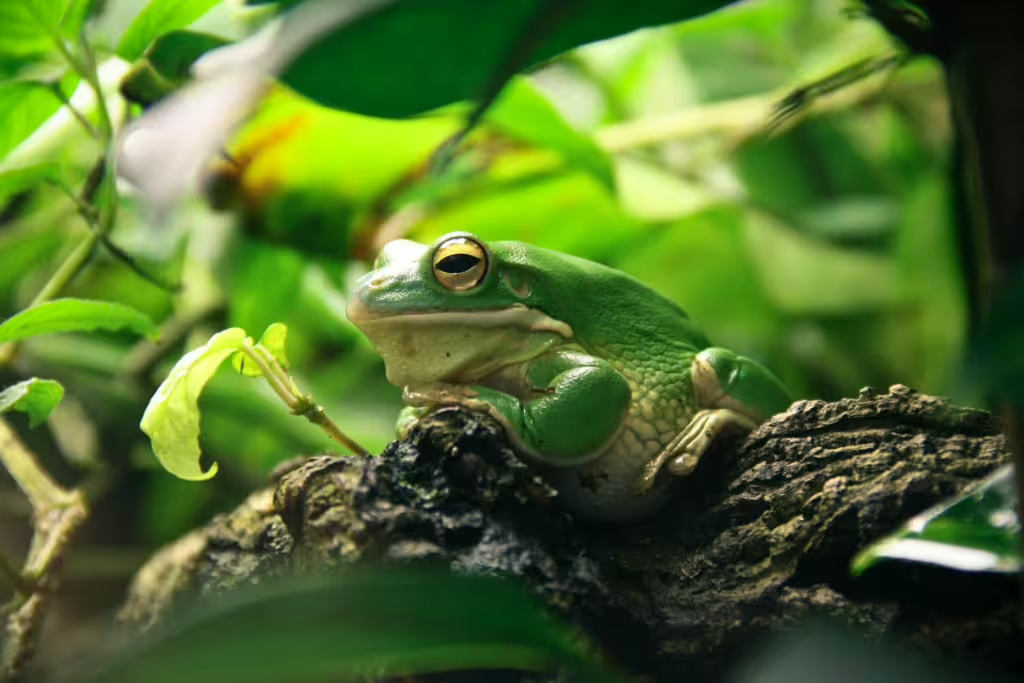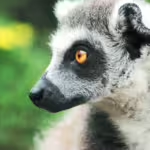For many of us, our first experience with frogs and toads comes from cartoons and children’s books. They are so commonplace that we see them on lunchboxes, baby toys, cups, clothing, you name it. Yet their innocuous, some might say, commonplace nature belies the fact that frogs and toads are among the most fascinating creatures on the planet.
Perhaps it is due to the fact that these particular amphibians occupy almost every corner of the globe. They can live and function in tropical rainforests, suburban swamps, chilly mountaintops, and even the harsh desert. They can be small and elusive or large and in charge. Some are poisonous, others are harmless. But wherever and however you find them, frogs and toads tend to be of extreme importance to their home ecosystem.
Despite their diversity and ecological importance, however, many of these amazing amphibians are under threat from habitat loss, climate change, disease, and a host of other human-derived problems. In this article, we will discuss some of those threats as well as highlighting the amazing adaptations of a handful of noteworthy frogs and toads.
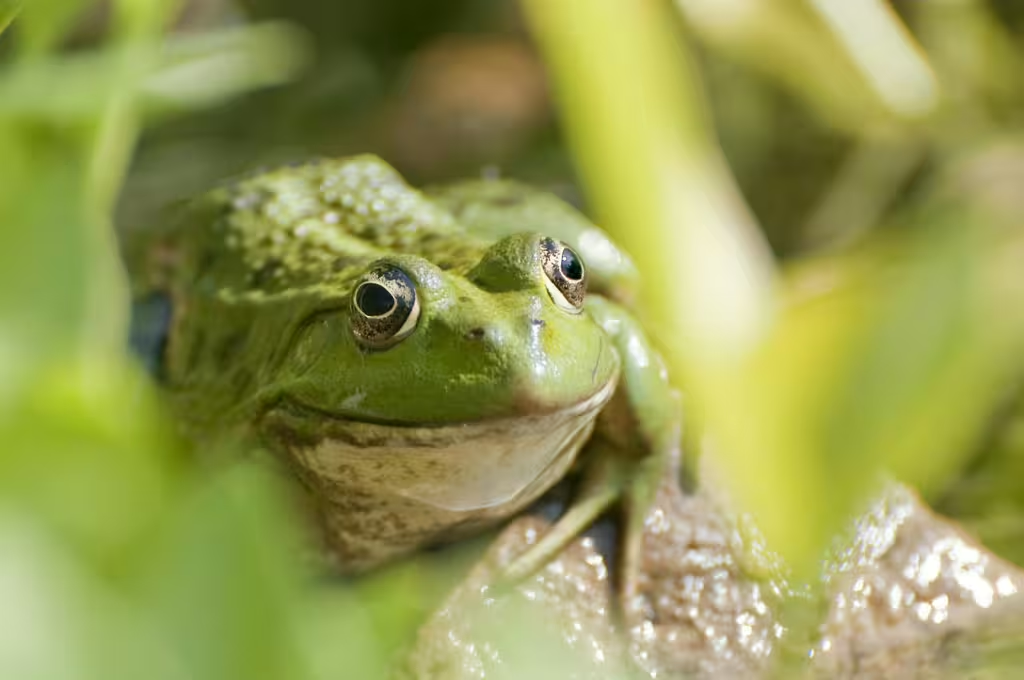
Why Frogs and Toads Matter
Before we get into the who’s who of the frog and toad world, we’d like to express why frogs and toads are so important to their home ecosystems. Unlike many other animals, amphibians are vital indicators of an ecosystem’s overall health. As creatures of two worlds, amphibians are particularly sensitive to changes in the environment. Their permeable skin increases this sensitivity. The point being, amphibians are often the first species to show signs of environmental stress, that can be caused by pollution, loss of habitat, or climate change.
In addition to being living warning signs of an ecosystem’s impending peril, frogs are also vital as both predators and prey species. Not only do they help control insect populations in an area, they also serve as food for birds, snakes, and other mammals. Tadpoles also play a part in nutrient cycling and contribute to water filtration in pond and wetland habitats. Nevertheless, amphibians are in crisis at the moment. Recent studies indicate that nearly 40% of amphibian species are currently threatened with extinction. This near-death status is due to a lethal combination of habitat loss and fragmentation, pollution and pesticide use, climate change, invasive species, and as if that weren’t all enough, deadly fungal diseases like chytridiomycosis.
The Surinam Toad
This incredible amphibian is native to Northern South America, where, like most of its ilk, it spends most of its time in slow-moving streams and ponds. What makes the surinam toad unique, however, is its remarkable and equally unsettling method of reproduction. Where most amphibians lay their eggs in water or carry them around in durable foam nests, the surinam toad plays the whole egg protection thing really close to the chest…well back, really. You see, the the female Surinam toad incubates her eggs directly in the skin along her back. How did she get them up there, you might ask? Well, the male toad fertilizes the eggs and then immediately presses them into the females back. Over time, the skin swells and envelopes the soon-to-be tadpoles. The eggs stay and growing for several months before, one by one, they emerge from her back as fully formed baby toads, ready to greet the world.
The Desert Rain Frog
This stubby, round-bodied frog can be found in foggy coastal dunes around the Namib desert. Its range includes parts of Namibia and South Africa, but the fact that this transparent amphibian lives in the desert is not why it has become so famous in recent years. As it happens, the desert rain frog went viral a few years ago when a video of it emitting its singular, high-pitched squeak too the Internet by storm. Sounding more like a dog’s chew toy than an actual animal, the desert rain frog is also unique in the way it survives the harsh environment of its desert habitat.
Deserts, as you well know, have little rainfall to speak of, so this remarkable frog relies instead on fog and coastal moisture in order to survive. Its stubby legs also mean that it cannot really jump in the way that other frogs and toads do. Yet while its limbs are not ideal for leaping they are perfect for burrowing. Desert rain frogs can burrow into the sandy soil to conserve what little moisture they need, before emerging in the cooler night hours to hunt for insects.
Wallace’s Flying Frog
If you were traveling through a southeast Asian rainforest and looked up into the canopy, you might catcha glimpse of a frog, gliding through the air. You might think that its a flying squirrel at first, until you recognize the fact that this aerial animal is flying by way of four extra large, webbed feet and flaps of skin along its limbs. These adaptations are what allow Wallace’s flying frog to soar great distances, up to 50 feet, in fact, between the trees. This flighty amphibian was named after Alfred Russel Wallace, who was himself a contemporary naturalist and likely acquaintance of the legendary Charles Darwin. It’s flight ability has evolved as a means of evading predators and traveling great distances to feed and breed throughout the vast jungle.
The Poison Dart Frog
The brilliant colors on a poison dar frog are there not to entice but as a warning; these frogs will kill you. Tiny though they may be, these Amazonian frogs hail from the rainforests of Central and South America possess toxic skin secretions that are a death sentence to anyone who comes into skin-to-skin contact with them. The frogs come in a wide variety of striking colors, from bright blues to sunshine yellow and dangerous-looking reds. In the past, the indigenous people of Colombia utilized the the poison from these frogs to tip their blow darts, which is where they got the name in the first place.
It’s important to note that while most of the frogs are toxic, in the wild, not all species are equally toxic. Indeed, some frogs that have been kept in captivity without their wild diet of ants, termites, beetles, and other small insects, have been known to lose their toxicity over time.
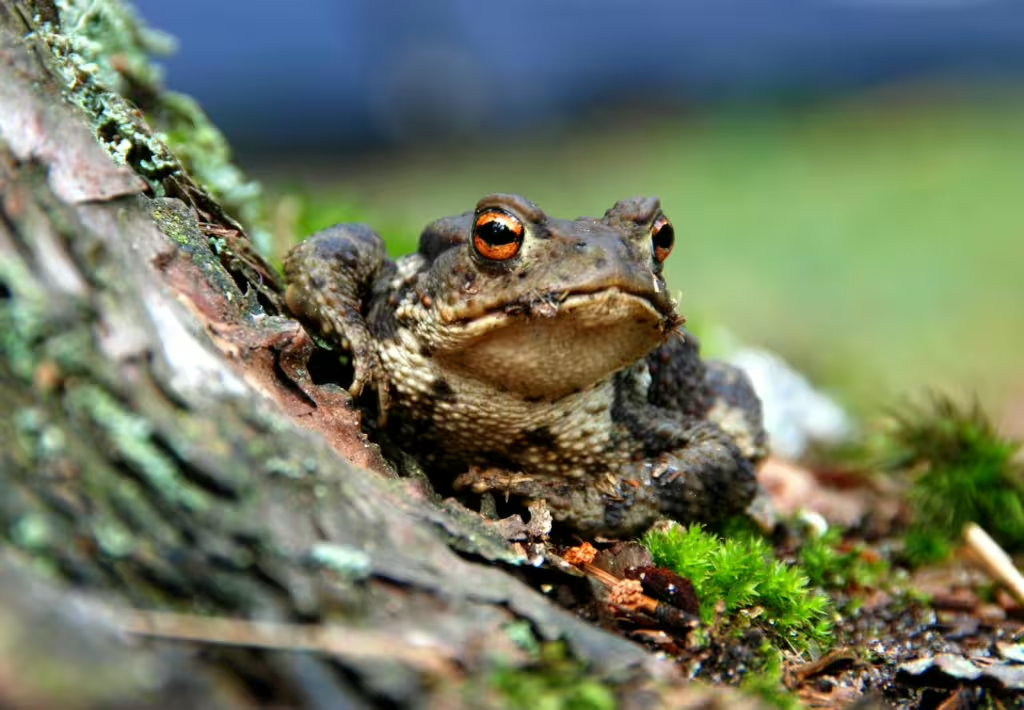
The Goliath Frog
The biggest frog on today’s list sits at the very top as the premier, heavyweight champion of the amphibian world. The Goliath frog earned its name because of its impressive size and weight, It can reach lengths of 13 inches, not including its legs, incidentally, and can weigh arpund 7 pounds. For reference, that’s about the size of a house cat. Size notwithstanding, the Goliath frog is a surprisingly elusive animal. It comes from Cameroon and Equatorial Guinea, where it lives a mostly nocturnal lifestyle. It’s powerful legs enable it to leap great distances across the fast-flowing rivers and waterfalls of its home ecosystem. They are strong animals and scientists have even observed them moving large rocks around to build nests for their eggs.
The Indian Purple Frog
In Western India, if one were to look very hard and be in the right place at just the right time, one might encounter a strange, rotund frog that few people on this Earth have ever seen. Also known as the pignose frog, this subterranean species of amphibian was only just discovered in 2003, though the current thinking is that it has existed, in secret, for over 100 million years. The reason for this millennia-long game of hide and seek? The frog spends most of its life living in underground burrows in the forest, only emerging for a few days every year to mate during monsoon season. While it burrows, it eats mainly termites, which it can slurp up rather handily by way of its long, sticky tongue.
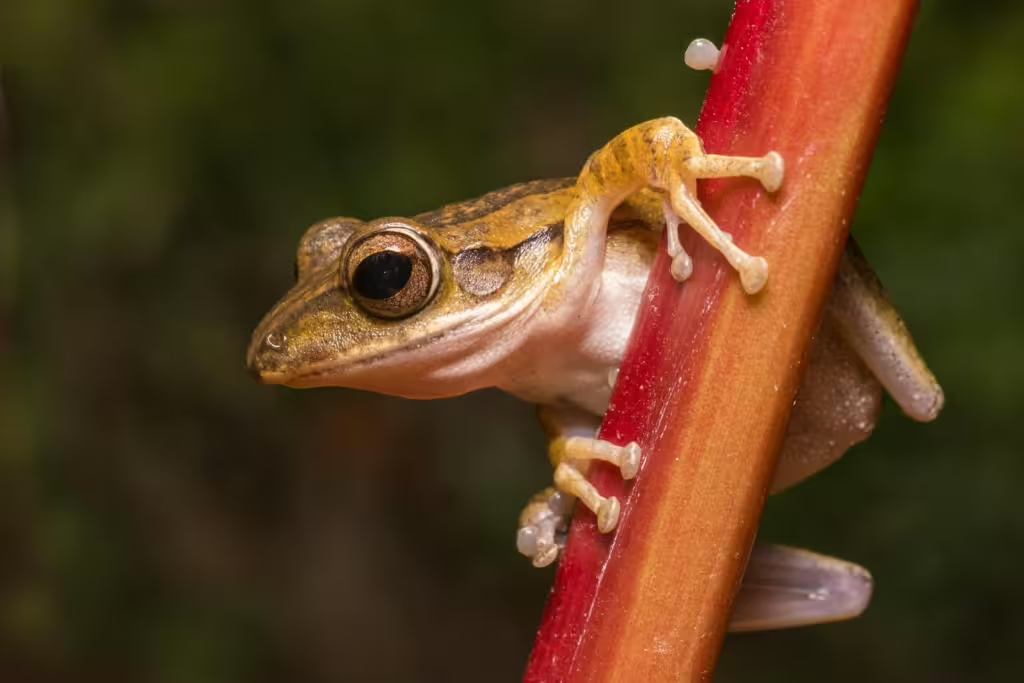
True Investigator Says…
From skydiving frogs to burrowing mysteries of the deep earth, frogs and toads are a showcase of evolutionary genius. Each species tells a story about adaptation, survival, and the delicate balance of ecosystems. These incredible creatures—whether brightly colored or camouflaged in mud—remind us that even the smallest animal can have a big role in the story of life on Earth.
As we work to conserve and restore our natural world, frogs and toads will be both a symbol of what’s at stake and a measure of our progress. Their survival is our responsibility—and their resilience is our inspiration.
Discover more from TrueInvestigator
Subscribe to get the latest posts sent to your email.
